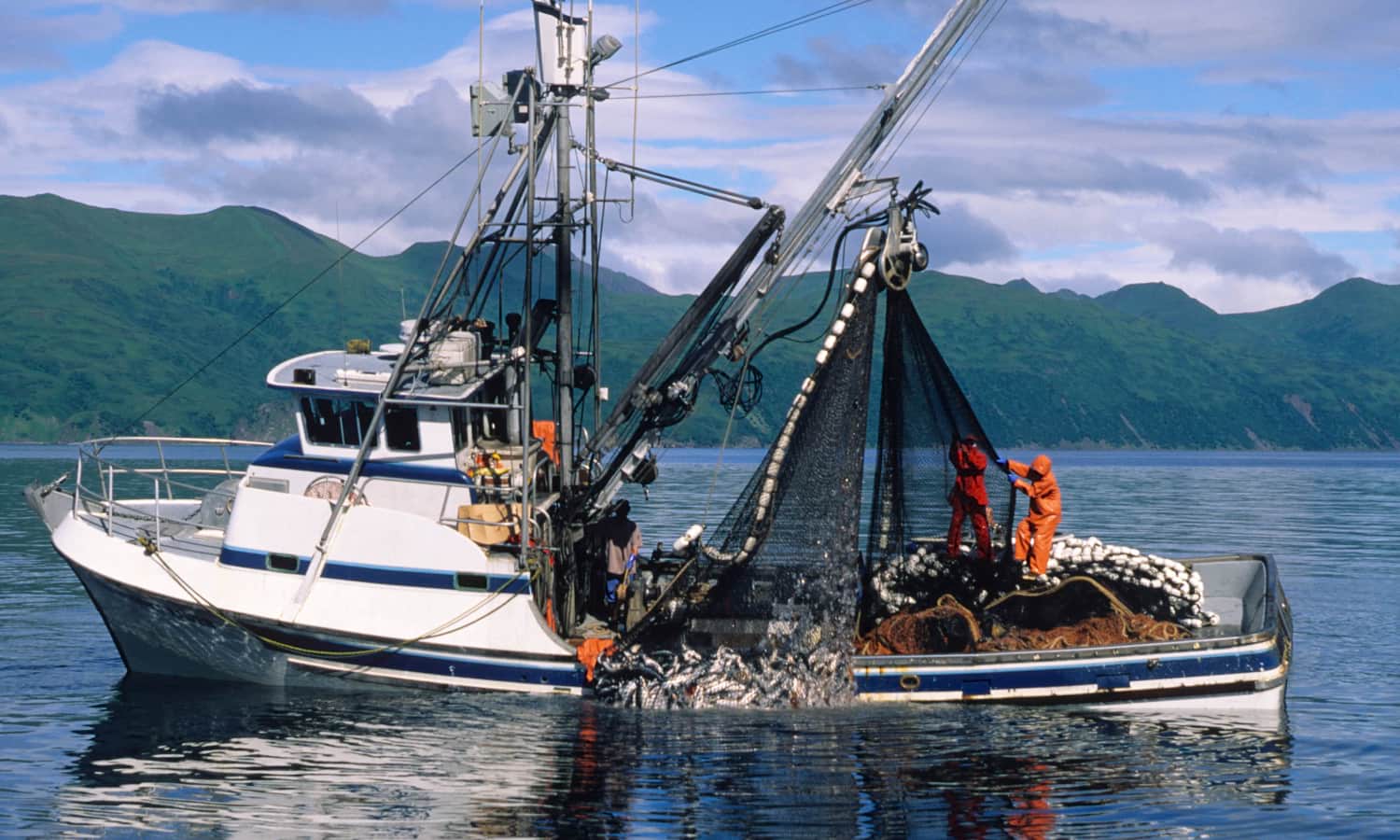Bad news for Australia’s favorite fish: Atlantic Salmon received a red, “Say No” rating from Australia’s Sustainable Seafood Guide due to the environmental impacts from intensive fish farming practices. Luckily, the Guide also points consumers towards wiser seafood options by drawing upon comprehensive and up-to-date research. Food Tank had the opportunity to speak to Adrian Meder, the Sustainable Seafood Program Manager at the Australian Marine Conservation Society (AMCS), who runs the Sustainable Seafood Guide. “There is now clear evidence that the Australian Atlantic Salmon farming industry has been pushing to expand production faster and further than the environment can support,” Meder says to Food Tank. “Recently we have seen Atlantic Salmon farming linked to severe oxygen depletion and pollution impacts in areas of extraordinary environmental importance and habitat for critically endangered species.”
The Guide uses a traffic light system to offer a scientific, but simple, overview of sustainability in seafood species to inform consumers and help drive environmentally friendly choices. A green rating is given to species that are a “Better Choice” for consumers due to healthy stocks and sustainable production practices. An amber rating suggests that shoppers should “Think Twice” before buying, and a red, “Say No” rating indicates that producing the species contributes to high ecological impacts. The downgrade for Atlantic Salmon from amber to red may only last as long as it takes to make positive changes. Meder tells Food Tank, “Of course, it is possible to improve our ranking of Australian farmed Atlantic Salmon, and it can happen as soon as we see regulators and industry focus on the environment the industry depends on instead of maximizing production. But we’ll need to see a track record of better environmental outcomes established.”
AMCS research shows that Atlantic Salmon is the most popular fish in Australia despite environmental consequences such as fish deaths in Macquarie Harbour, but its change in rating may have consumers seeking alternatives. Meder tells Food Tank, “Some of the best sustainable seafood options in Australia are also very affordable. There’s a range of species we used to eat as staples—smaller fish and shellfish from productive stocks, often at the lower end of the food chain, which have fallen out of fashion somewhat. But as our national palate has become somewhat more international and adventurous, these fish can underpin nutritious, exciting, and affordable meals.” Websites such as GoodFishBadFish and FishFiles provide practical cooking guidance for consumers who are unsure about how to diversify their seafood intake with more sustainable options. The most recent update to the Sustainable Seafood Guide awarded a green rating to Blue Mussels, Barramundi, and Black Tiger Prawns, all of which are farmed.
According to the U.N. Food and Agriculture Organization (FAO), responsible aquaculture (farming seafood) can be an important part of providing a protein source for a growing global population, and can even have beneficial eco-outcomes. Dr. Jillian Fry, director of the Johns Hopkins Center for a Livable Future Public Health & Sustainable Aquaculture Project, tells Food Tank in a 2016 interview that “Aquaculture can be highly sustainable, or resource intensive and polluting.” Last year’s FAO State of the World Fisheries and Aquaculture report detailed that nearly half of all global fish production is represented by aquaculture, which will continue to grow by nearly 40 percent by the year 2030. The case study of AMCS and Atlantic Salmon in Australia has shown the great potential of aquaculture, as well as the possible consequences of large-scale production. However, by empowering consumers with information about the impact of their seafood, there may be a stronger demand for fisheries to operate within their natural, environmental limits. “Increasing low-impact aquaculture, particularly finfish and crustaceans grown on land in closed systems and shellfish aquaculture in the marine environment, will be key to increasing production while managing environmental impacts,” Meder tells Food Tank.













